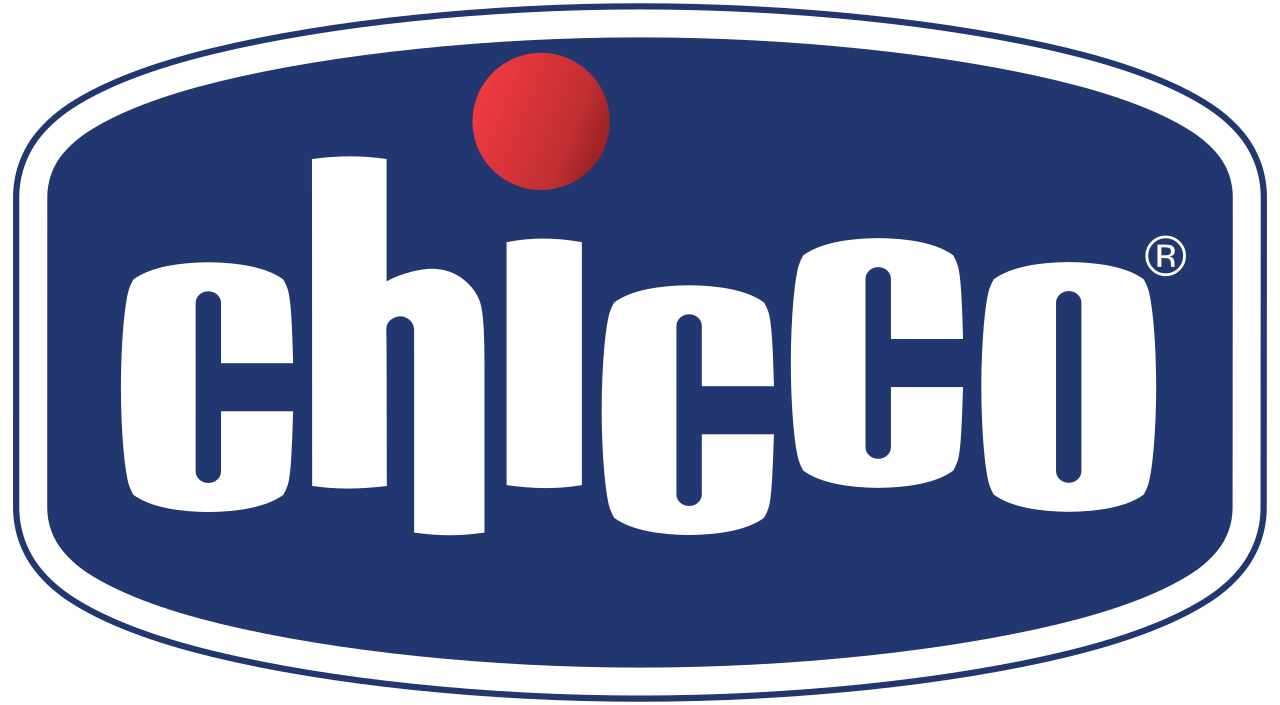TRUE OR FALSE ABOUT THE PACIFIER
Jun 11,2023 | Chicco Malaysia
SUCTION
TRUE OR FALSE ABOUT THE PACIFIER
False myths about the pacifier? Let's debunk them

The pacifier is an object as loved as it is discussed, around which unfortunately many false myths still circulate today. We try to clarify.
THE SOOTHER IS JUST A VICE
False, sucking is not a vice for the newborn but a necessity : it is not only functional to nutrition, but ensures peace of mind and safety. In fact, suction stimulates the production of serotonin, a decisive substance in regulating mood and sleep, capable of inducing a state of calm and serenity. Sucking comforts the baby and helps him to relax, normalize the heart rhythm and keep breathing constant during sleep. For this reason the pacifier in English is also called pacifier(pacifier). Certainly the pacifier shouldn't become the solution to stop every cry and every whim: with time and experience you will be able to understand why your baby is crying, you will recognize when he is hungry or when he is sleepy, slowly learning to use the pacifier only when the baby actually needs it, to calm down and relax before falling asleep.
SOOTHERS ARE ALL THE SAME
False, you have to pay close attention to its shape : that's what makes the difference. It must be designed taking into account the position and the role that the tongue plays inside the mouth : therefore a shape inclined upwards is better to correctly position the tongue up and forward and thus provide the right stimuli for the formation of mouth and palate. A shape designed in this way stimulates the oral muscles and promotes the correct functionality of the tongue and mouth, creating the conditions for correct development of the palate and dentition and for physiological respiration, essential for the development of the child and his general well-being.
THE PACIFIER DOES NOT INTERFERE WITH BREASTFEEDING
True , one of the fears of mothers is that the pacifier is perceived by the child as a substitute for the mother's breast. Scientific research published in the Journal of Pediatrics , the Journal of the American Academy of Pediatrics, has shown that the pacifier does not interfere with breastfeeding when it is well underway. Well-established breastfeeding means that milk production is effective, that the newborn has a correct attachment to the breast and that it grows regularly. In babies who are exclusively bottle-fed, the pacifier can be offered immediately.
THE SOOTHER IS RECOMMENDED BY PAEDIATRICIANS DURING SLEEP
True, the American Academy of Pediatricians recommends the use of a pacifier while sleeping to reduce the risk of SIDS in the first year of life, naturally after breastfeeding is well established
IF THE PACIFIER FALLS TO THE GROUND, IT CAN BE CLEANED BY PLACING IT IN THE MOUTH
False, this habit transmits the bacteria present in the parent's mouth to the child and can cause cavities or infections of the oral cavity.
THE FINGER IN THE MOUTH IS BETTER THAN THE PACIFIER
False , first of all the finger in the mouth performs a greater force inside the mouth and is not shaped to adapt to the shape of the palate and favor its development. Also, when it's time to take it off it will be easier with an object that can be moved away rather than the finger that is always within reach of the child
THE SOOTHER CAN BE DIPPED IN HONEY
False , it's a bad habit. The pacifier must absolutely not be given with honey or sugar in order not to increase the risk of caries in the milk teeth.
THE USE OF THE SOOTHER MUST BE STOPPED WITHIN 3 YEARS OF LIFE
True , the correct use of the pacifier up to the age of 3 does not cause malocclusions: the Ministry of Health recommends starting to reduce its use from the age of 2 to completely stop it within the child's 3 years of life.


